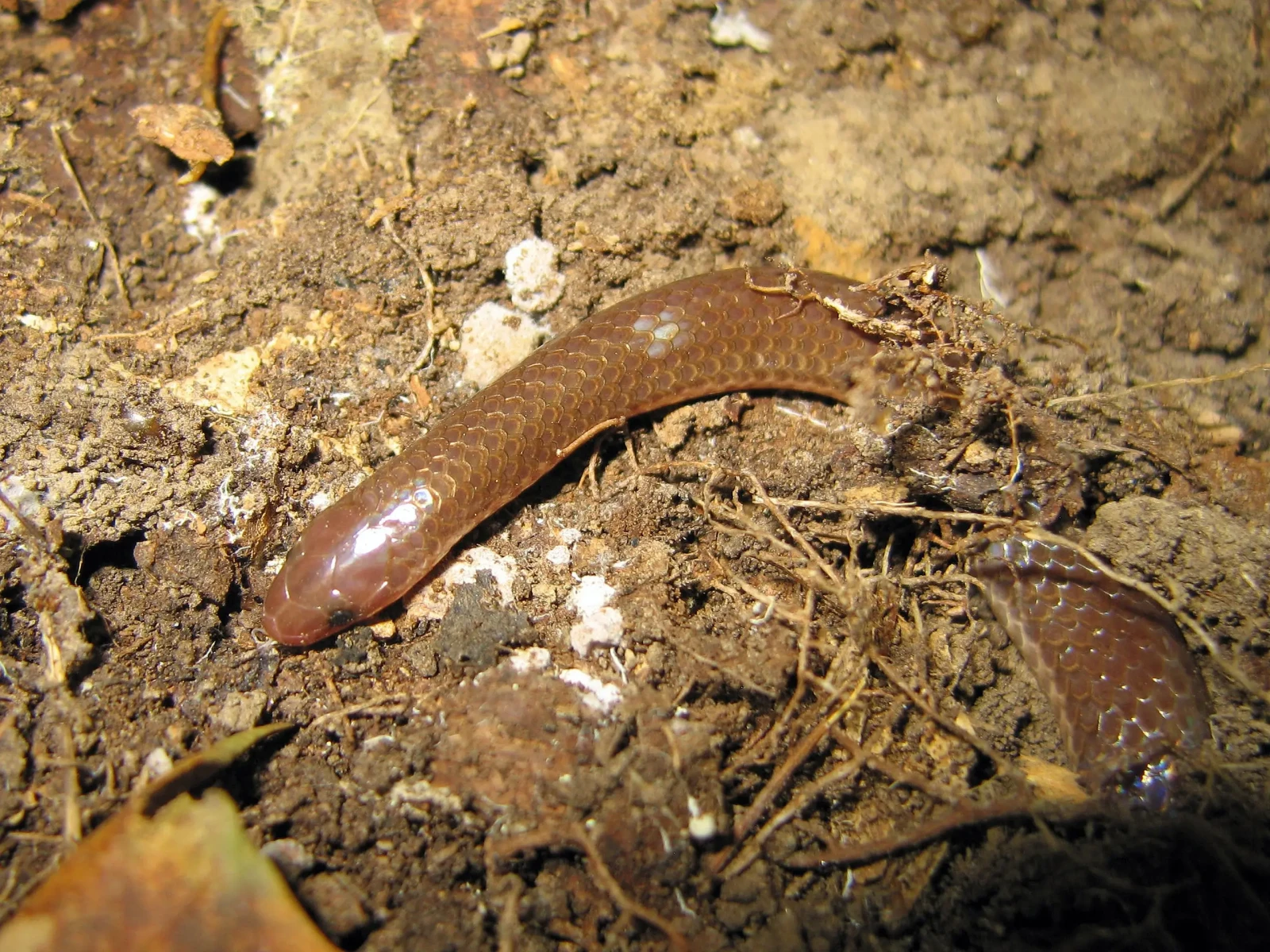Burrowing snakes possess an instinct to dig, tunnel, and explore subterranean environments. While captive reptile habitats often focus on above-ground enrichment, many snake species benefit tremendously from having appropriate tunneling opportunities. Enrichment tunnels not only satisfy natural behaviors but also provide exercise, mental stimulation, and security for these specialized serpents. This comprehensive guide will walk you through the process of creating safe, effective, and species-appropriate tunnel systems for your burrowing snake companions. Whether you’re caring for sand boas, rosy boas, or other fossorial (burrowing) species, these techniques will help create a more naturalistic and enriching habitat that promotes physical and psychological well-being.
Understanding Burrowing Snake Behavior
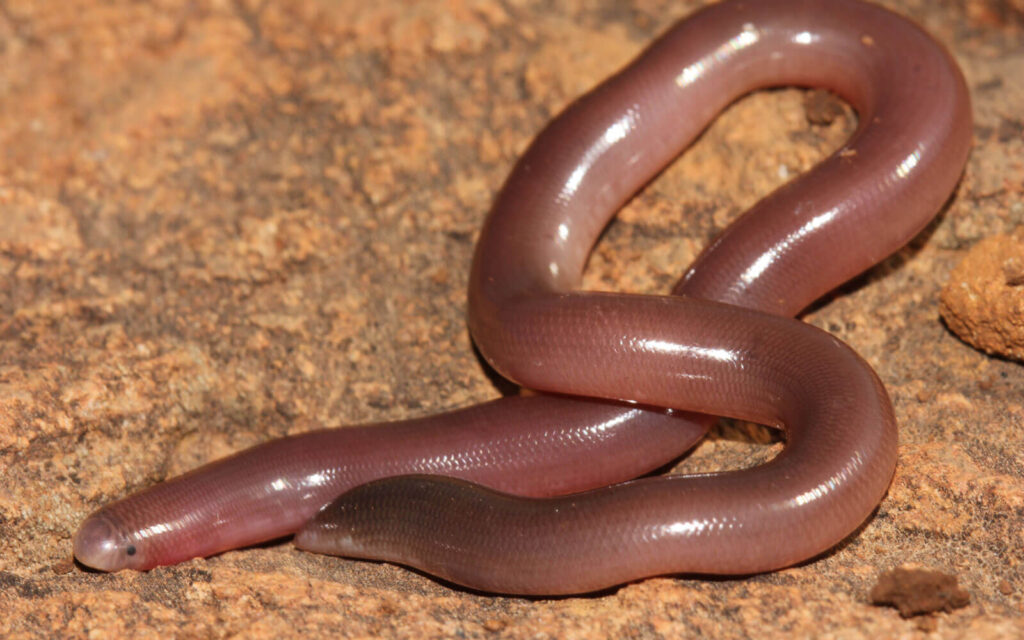
Fossorial (burrowing) snakes have evolved specific physical adaptations that facilitate their subterranean lifestyle. These typically include reinforced skull structures, smooth scales, and compact bodies that allow them to move efficiently through the substrate. In the wild, these snakes spend significant portions of their lives underground, where they hunt prey, regulate body temperature, avoid predators, and find mates. Species like Kenyan sand boas, Mexican burrowing pythons, and Western hognose snakes are classic examples of snake species with strong burrowing tendencies. Understanding these natural behaviors is crucial because replicating appropriate tunneling opportunities in captivity directly contributes to reduced stress levels and healthier behaviors. When deprived of burrowing opportunities, these specialized snakes often display increased stress behaviors, including excessive activity, reduced feeding, and defensive responses.
Choosing the Right Materials for Tunnel Construction

The materials you select for tunnel construction must balance durability with snake safety and environmental suitability. PVC pipes are among the most popular choices, offering smooth interiors that won’t abrade snake scales while providing structural integrity that prevents collapse. Food-grade plastic tubing represents another excellent option, though ensure it’s free of chemicals and sized appropriately for your snake. For more naturalistic options, cork bark rounds and hollows can be arranged to create tunnel-like structures that blend seamlessly with terrarium aesthetics. Avoid materials with rough edges, toxic components (like pressure-treated wood), or those prone to harboring bacteria or mold. Whatever material you choose, sanitize it thoroughly before installation, and inspect regularly for signs of wear or contamination that could harm your reptile.
Determining the Appropriate Tunnel Size
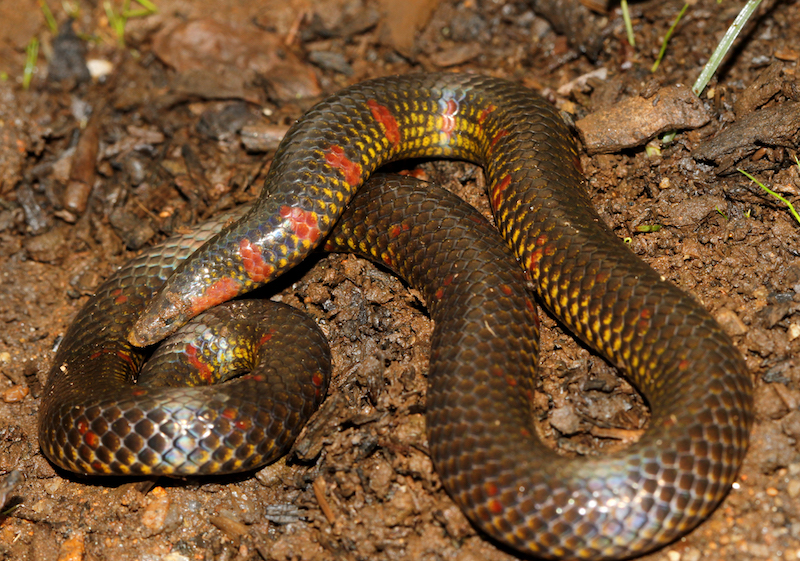
Proper tunnel sizing directly impacts both safety and utilization by your burrowing snake. As a general rule, tunnel diameter should be approximately 1.5 times the widest part of your snake’s body to allow comfortable passage without feeling exposed or vulnerable. This sizing ensures the snake experiences the tactile pressure along its body that burrowing species find comforting while preventing it from becoming stuck. For length considerations, tunnels should provide enough distance to create a meaningful path, typically at least 2-3 times the snake’s length, while accommodating the spatial limitations of your enclosure. Remember that different sections of your tunnel system can vary in diameter to create more naturalistic pathways. Periodically reassess tunnel sizing as your snake grows, particularly for juvenile specimens that may require tunnel upgrades as they reach adult size.
Planning an Effective Tunnel Layout
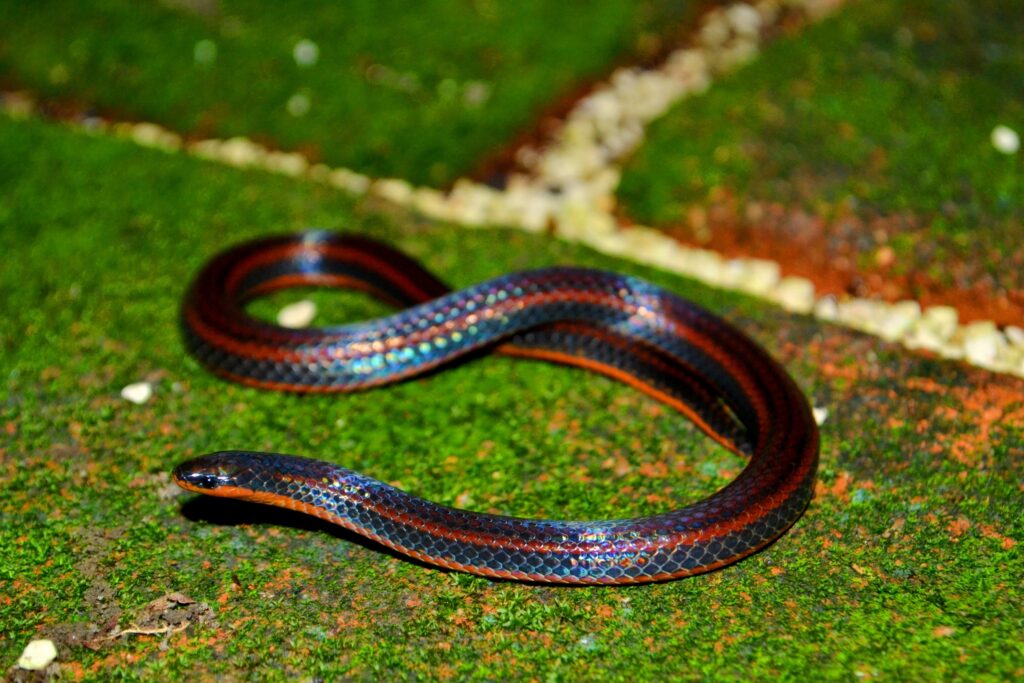
A well-designed tunnel system mimics the complexity and functionality of natural burrows while remaining practical for captive maintenance. Begin by sketching your planned tunnel network on paper, considering both horizontal and vertical elements to maximize three-dimensional space usage. Incorporate multiple entry/exit points, which not only increase your snake’s sense of security but also facilitate easier maintenance and observation. Create intersections and chamber areas where the snake can turn around comfortably or rest in slightly expanded spaces. Position tunnels to connect key habitat zones, including warm spots, cool retreats, and feeding areas. Remember that strategic placement near heat sources allows your snake to thermoregulate while remaining hidden, which is particularly important for species that rarely bask in the open.
Basic PVC Tunnel Construction Techniques
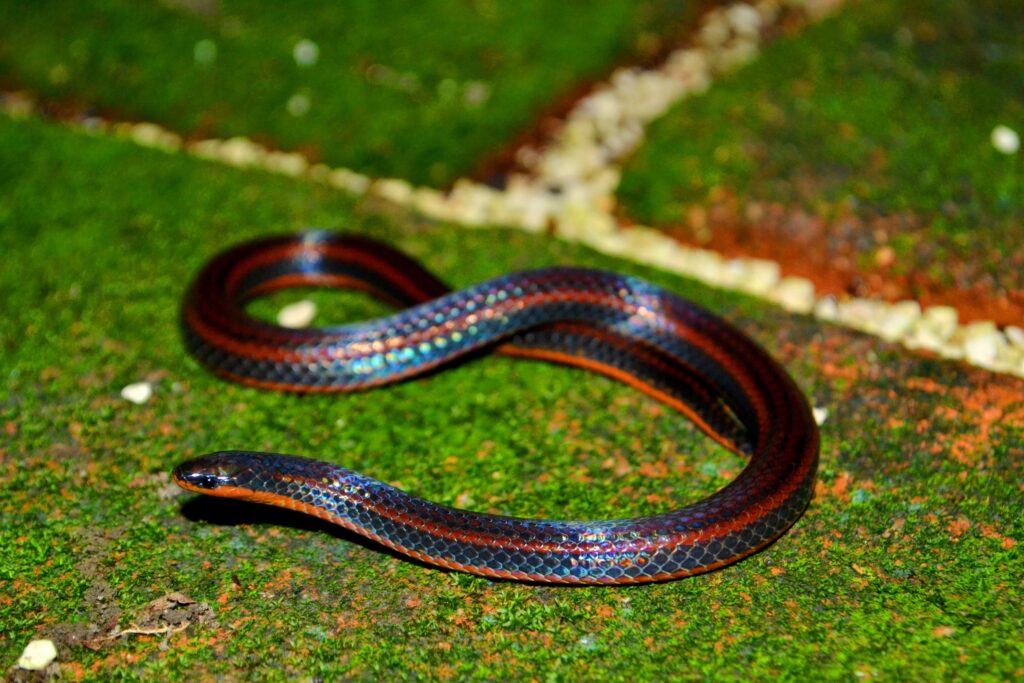
PVC tunnels provide an excellent foundation for durable, sanitizable burrow systems that can last for years. Begin by selecting PVC pipe in the appropriate diameter for your snake, then use a fine-grit sandpaper to smooth any rough edges or manufacturing burrs on the cut ends. Create gentle curves rather than sharp angles by using warm (not hot) water to temporarily soften the PVC—this prevents injury and makes navigation more natural for your snake. When connecting multiple pipe sections, use PVC connectors designed for plumbing rather than adhesives, which allow for disassembly during cleaning. Drill small ventilation holes along the upper surface of horizontal sections to prevent stagnant air pockets and moisture buildup. Finally, thoroughly clean the assembled system with a reptile-safe disinfectant before installation, rinsing completely and allowing it to dry.
Creating Naturalistic Cork Bark Tunnels
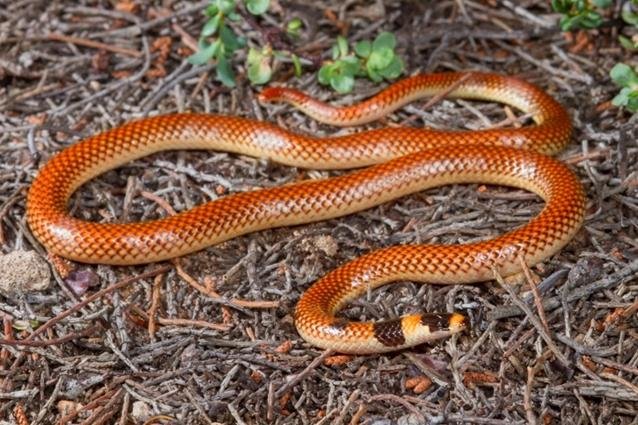
Cork bark tunnels offer a more aesthetically pleasing and naturalistic alternative to synthetic materials. Begin with cork bark rounds or half-rounds, available at most reptile specialty shops, selecting pieces with hollow interiors large enough for your snake. Connect multiple cork pieces by partially burying them in the substrate with their hollow centers aligned to create continuous passageways. Use aquarium-safe silicone sealant to connect pieces more permanently if desired, ensuring the sealant is fully cured (typically 24-48 hours) before introducing your snake. Enhance these tunnels by incorporating moss in the joints between bark pieces, which helps maintain humidity within the tunnel system. Cork bark has the added advantage of retaining heat differently than the surrounding substrate, creating microclimate variations that allow your snake to select its preferred temperature zone while remaining concealed.
Substrate Considerations for Burrowing Systems
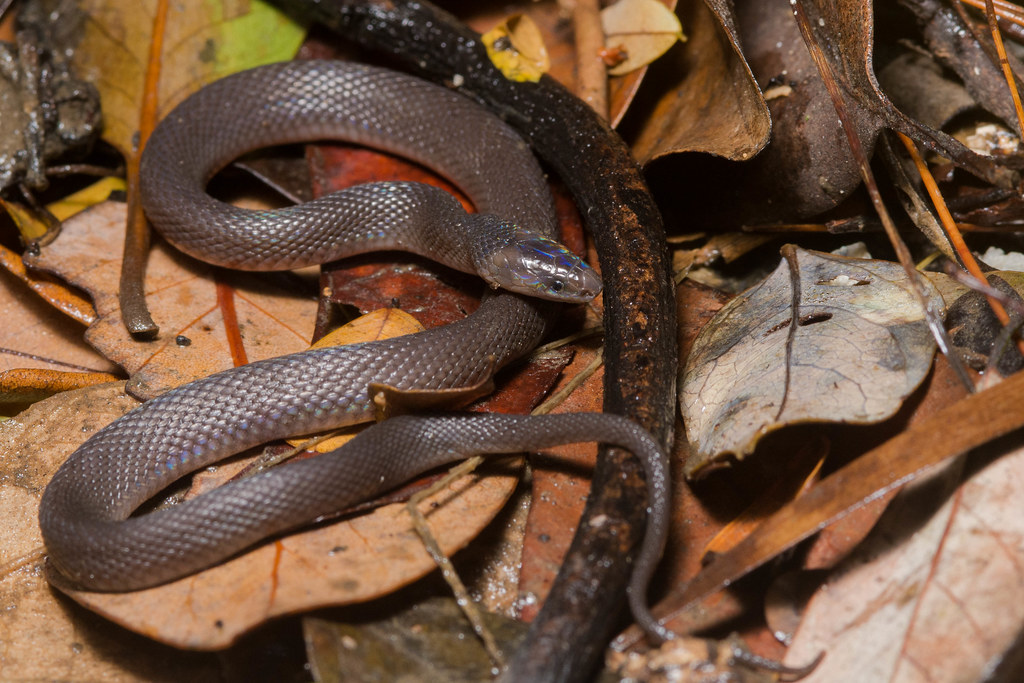
The substrate you choose plays a crucial role in the success of your tunnel system by providing stability and mimicking natural soil conditions. For most burrowing species, a substrate mix consisting of 70% play sand and 30% topsoil (organic, without fertilizers or pesticides) creates an ideal medium that holds its shape while allowing natural digging behaviors. The substrate depth should be at least 4-6 inches to accommodate both tunnels and the snake’s digging activities. Monitor and maintain appropriate moisture levels—typically slightly damp but never wet—which helps tunnels maintain structural integrity without promoting bacterial or fungal growth. For species from extremely arid environments, consider using a higher sand ratio, while species from more temperate zones may benefit from the addition of coconut coir to retain humidity. Remember that different substrate layers can create more complex environments, with moister, more compactable material at lower levels.
Installing Humidity Chambers in Tunnel Systems
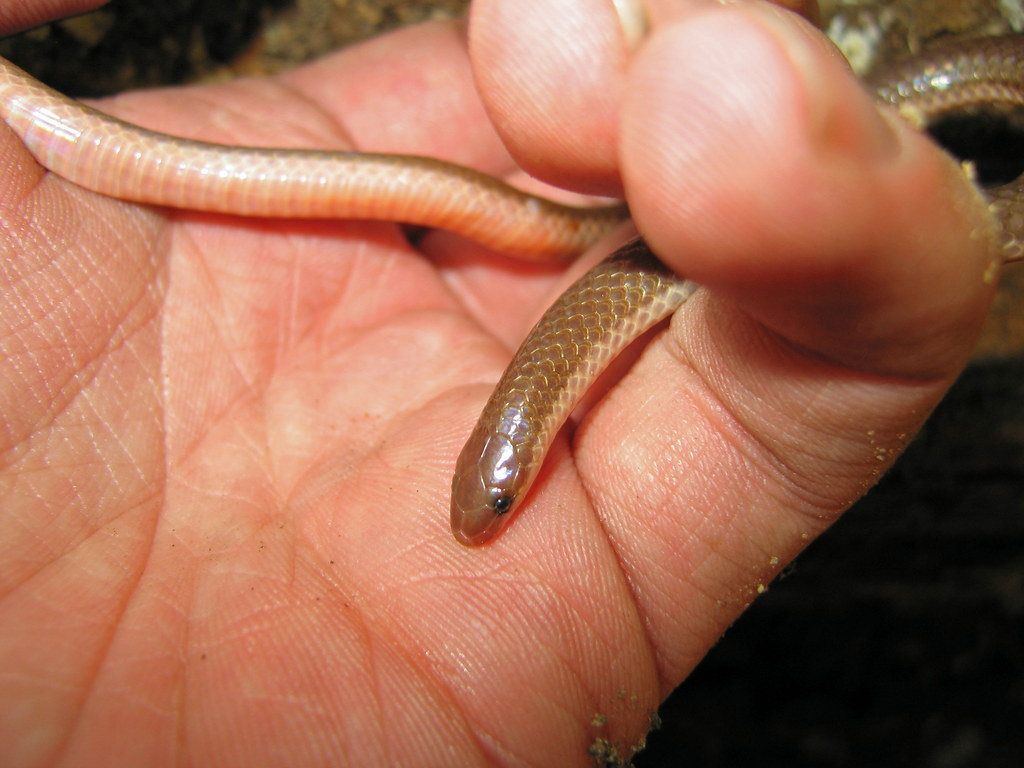
Humidity chambers are specialized sections within your tunnel network that maintain higher moisture levels to facilitate shedding and provide hydration options. Create these by incorporating a section of tunnel lined with damp sphagnum moss or coconut fiber, contained within a slightly larger diameter pipe section or natural cork chamber. Position these chambers away from heat sources to prevent excessive drying while maintaining the elevated humidity. For species from more arid regions, keep humidity chambers smaller and limited to just one section of the tunnel system. Regularly monitor these chambers for mold growth or excessive moisture, which could lead to scale rot or respiratory issues. The strategic placement of humidity chambers becomes particularly important during shedding periods, when many burrowing species seek out moister microenvironments to facilitate the shedding process.
Incorporating Temperature Gradients in Tunnels
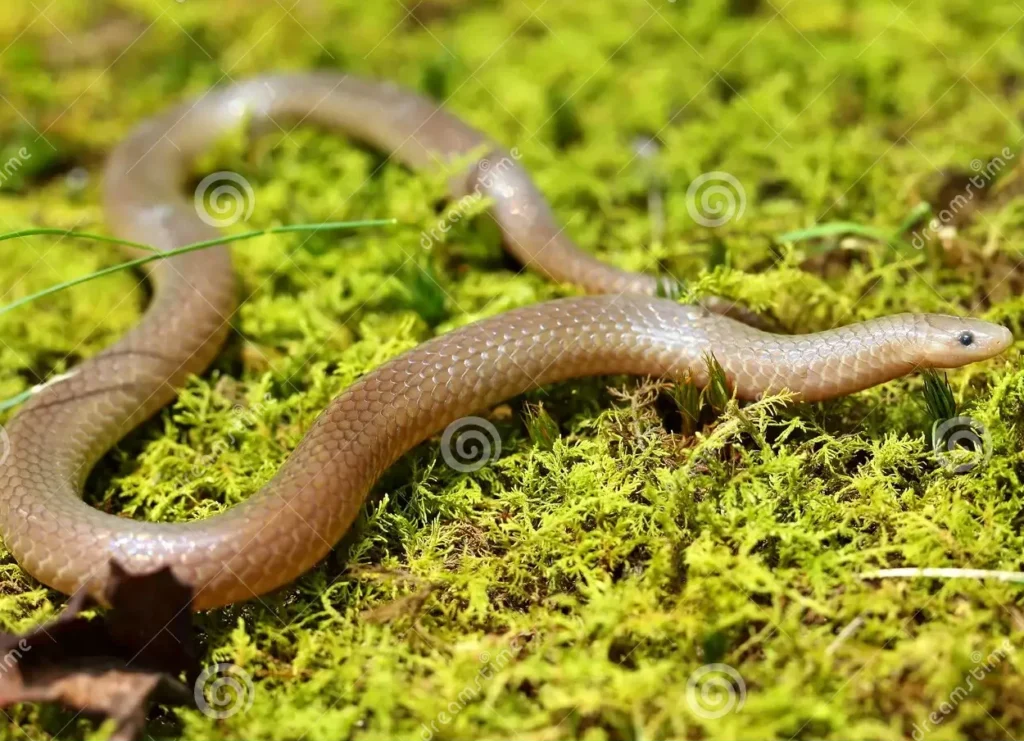
Temperature management within tunnel systems requires careful planning to support proper thermoregulation behaviors. Position sections of your tunnel network at varying distances from heat sources to create a temperature gradient throughout the system. This allows your snake to select its preferred body temperature while remaining concealed within the security of the tunnels. Use an infrared thermometer to map the temperature range throughout your tunnel system, aiming for a gradient of approximately 10-15°F between the warmest and coolest sections. Keep the warmest sections between 85-90°F (depending on species) and the coolest around 75-80°F for most burrowing species. Remember that tunnels buried deeper in substrate will maintain more stable temperatures, while those closer to the surface will experience greater fluctuation—this natural variation mimics conditions these snakes would encounter in the wild.
Species-Specific Tunnel Adaptations
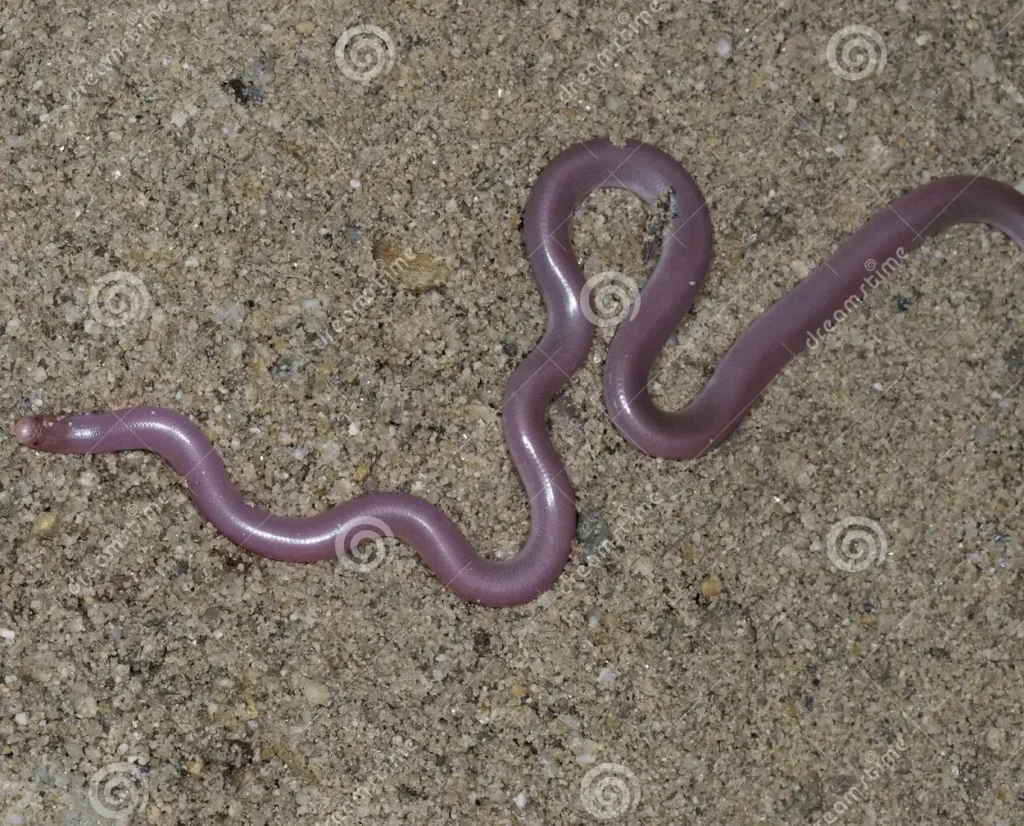
Different burrowing snake species have evolved specific adaptations that should inform your tunnel design choices. For sand-dwelling species like Kenyan sand boas (Gongylophis colubrinus), create wider chambers at intersections that allow their stocky bodies to turn comfortably while incorporating steep vertical sections that showcase their impressive burrowing abilities. Mexican burrowing pythons (Loxocemus bicolor) benefit from deeper substrate and more complex tunnel networks with multiple chambers, reflecting their highly fossorial nature. Western hognose snakes (Heterodon nasicus) appreciate tunnels that emerge near basking spots, as they divide their time between surface activity and burrowing. Research your specific species’ natural habitat and burrowing patterns to further customize your design—for instance, species from rocky regions might prefer tunnels that incorporate stone elements or tighter spaces that mimic crevices rather than soil burrows.
Maintaining and Cleaning Tunnel Systems
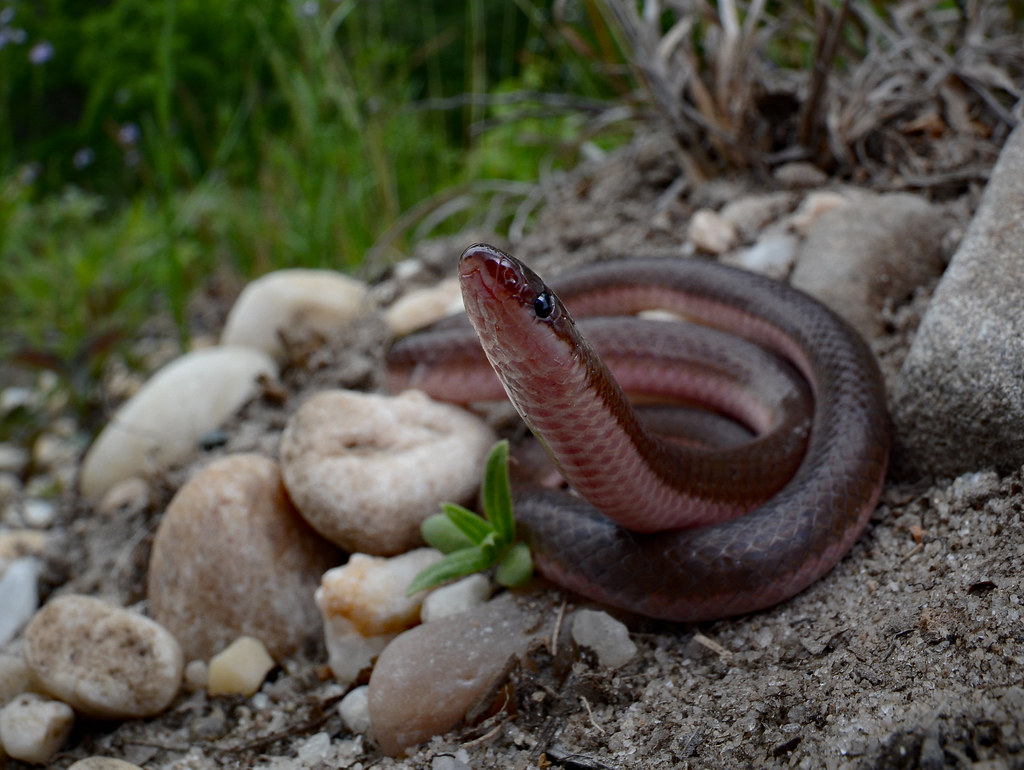
Regular maintenance ensures your tunnel system remains safe and hygienic for your burrowing snake companion. Establish a cleaning schedule based on your snake’s activity level and soiling patterns, typically performing a thorough cleaning every 1-3 months. Disassemble modular tunnel components and soak them in a reptile-safe disinfectant solution, ensuring all surfaces are thoroughly cleaned before rinsing completely and allowing to dry. Inspect all components for wear, damage, or bacterial/fungal growth during cleaning sessions. For fixed or partially buried systems, use a snake hook or similar tool to carefully remove waste from accessible sections, replacing contaminated substrate as needed. Maintaining proper substrate moisture levels between cleanings helps prevent waste from adhering to tunnel interiors while discouraging mold growth. Consider maintaining a duplicate tunnel system that can be swapped in during cleaning to minimize stress on your snake.
Monitoring Snake Behavior in Tunnel Systems

Observing how your snake interacts with its tunnel system provides valuable insights into its health and preferences. Note which tunnel sections your snake uses most frequently, as this indicates preferred environmental conditions you can emphasize in future habitat adjustments. Watch for regular movement between different temperature zones, which signifies healthy thermoregulation behavior. Concerning signs to monitor include complete avoidance of the tunnel system, spending excessive time in humidity chambers (which may indicate shedding difficulties or respiratory issues), or unusual restlessness within the tunnels. Some industrious burrowers may modify tunnels by excavating additional routes or blocking certain passages with substrate—these behaviors generally indicate healthy engagement with the environment. Consider installing clear tunnel sections in less visible areas of the enclosure, which allows for occasional observation without disturbing your snake’s sense of security.
Troubleshooting Common Tunnel Problems
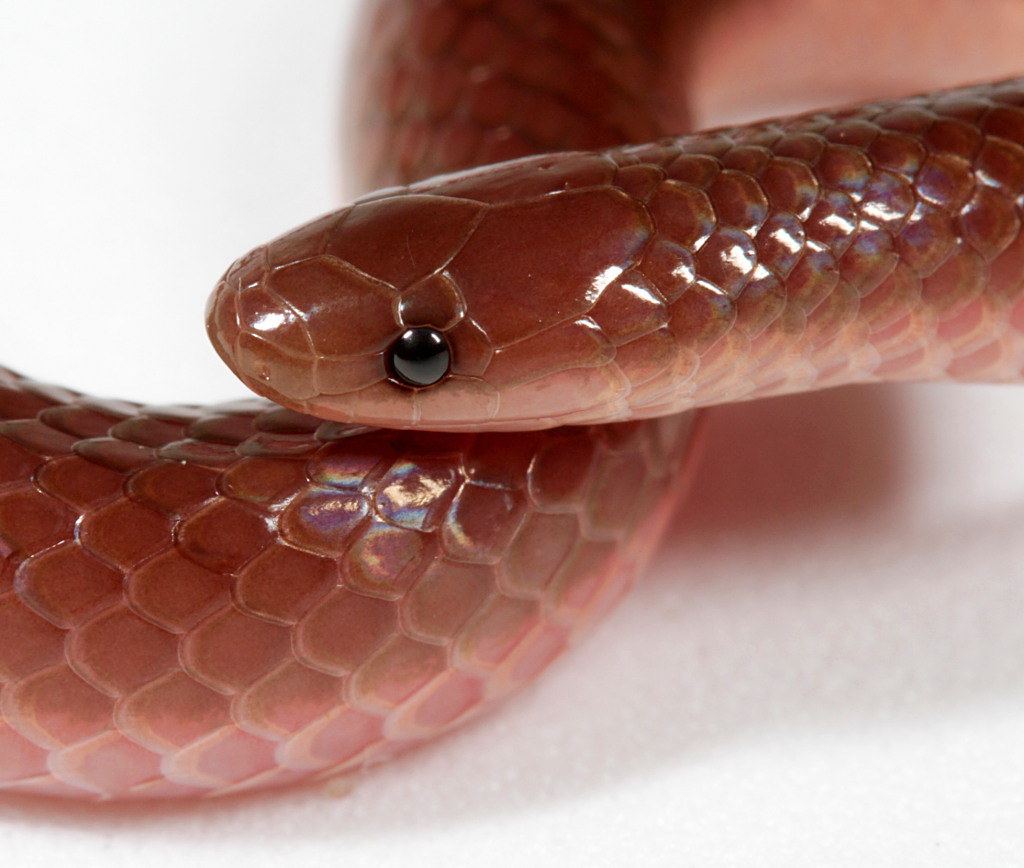
Even well-designed tunnel systems may encounter issues that require adjustment. If your snake shows little interest in using the tunnels, try burying them deeper in the substrate, reducing their diameter slightly, or repositioning entrances near favorite hiding spots to encourage exploration. For tunnels that frequently collapse, increase substrate compaction around the exterior, switch to a substrate with better structural properties, or reinforce with more rigid materials. Excessive moisture accumulation in tunnels can be addressed by adding more ventilation holes, repositioning sections away from water dishes, or adjusting overall enclosure humidity levels. Should you notice your snake appearing stuck or struggling in certain sections, immediately enlarge those areas to prevent stress or injury. Remember that successful tunnel systems often require periodic refinement based on careful observation of your snake’s preferences and behaviors.
Advanced Tunnel Enrichment Ideas
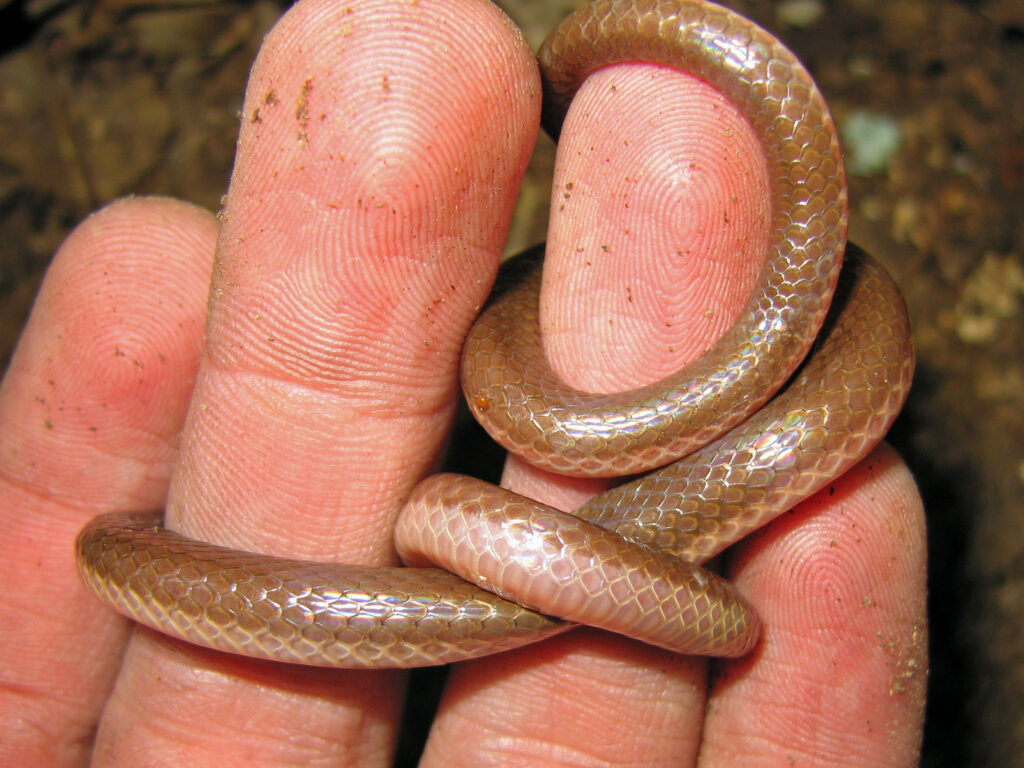
Once your basic tunnel system is established and working well, consider these advanced enrichment modifications to further enhance your snake’s environment. Create prey-introduction chambers where feeders can be placed to stimulate natural hunting behaviors within tunnels, mimicking how many burrowing species ambush prey from subterranean positions. Install transparent observation sections using clear acrylic tubing in strategic locations to allow occasional viewing without disturbing your snake. Incorporate seasonal variations by adjusting tunnel temperatures, moisture levels, and even layout to reflect natural annual cycles that might trigger breeding behaviors or metabolic changes. Consider adding texture variations within different tunnel sections using materials like coconut fiber linings or textured surfaces that provide tactile enrichment. For the most naturalistic approach, create “living tunnels” by establishing sturdy live plants whose root systems help stabilize tunnel networks while contributing to the overall ecosystem of the enclosure.
Enrichment tunnels represent one of the most significant improvements you can make to a burrowing snake’s captive environment. By understanding and accommodating these specialized reptiles’ natural behaviors, you create opportunities for exercise, security, and species-appropriate activities that contribute to overall well-being. Whether you choose simple PVC constructions or elaborate naturalistic systems, the key lies in thoughtful design based on your specific snake’s needs and regular observation of how they interact with their environment. With the techniques outlined in this guide, you can transform a basic terrarium into a complex, engaging habitat that supports your burrowing snake’s physical and psychological health for years to come.

